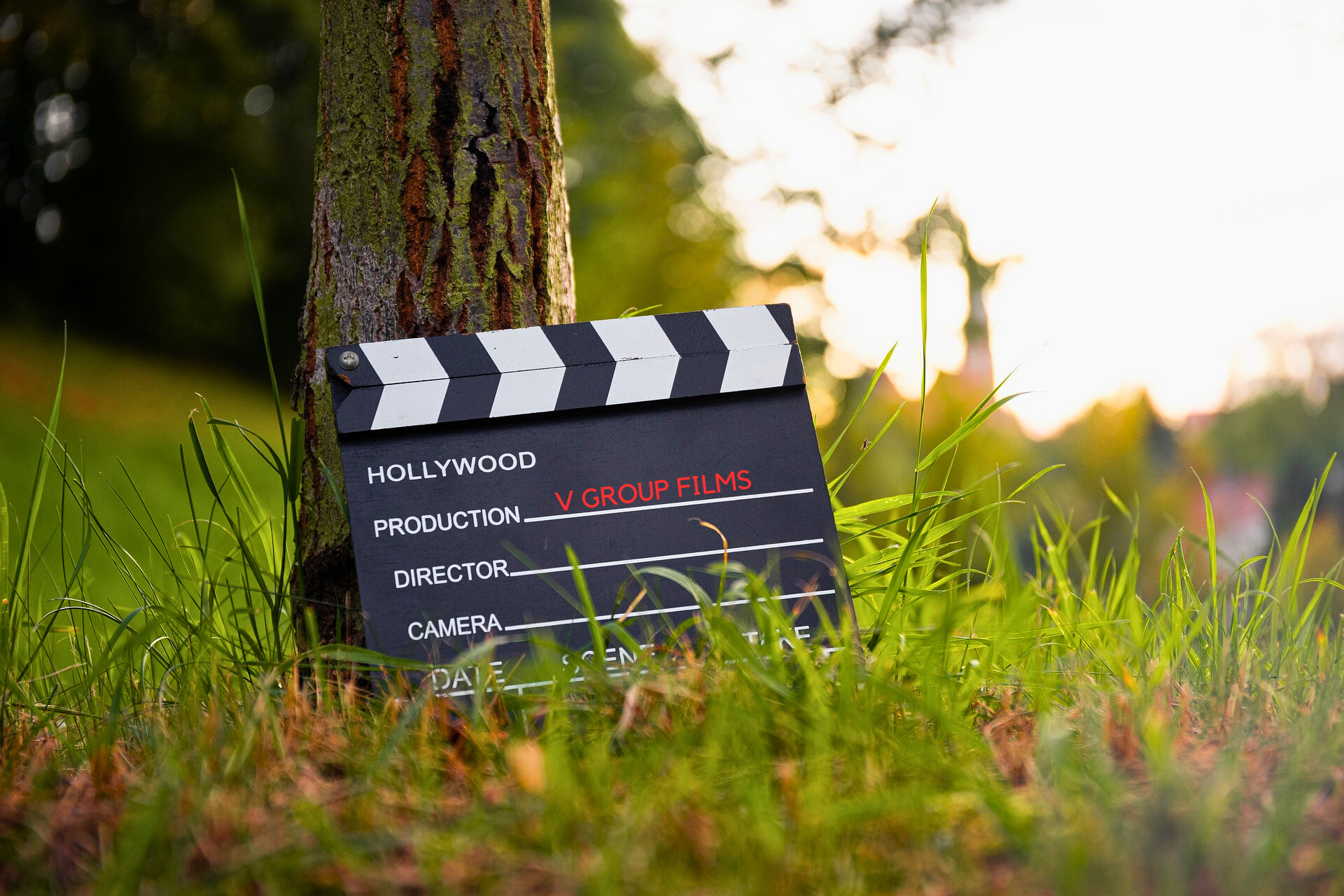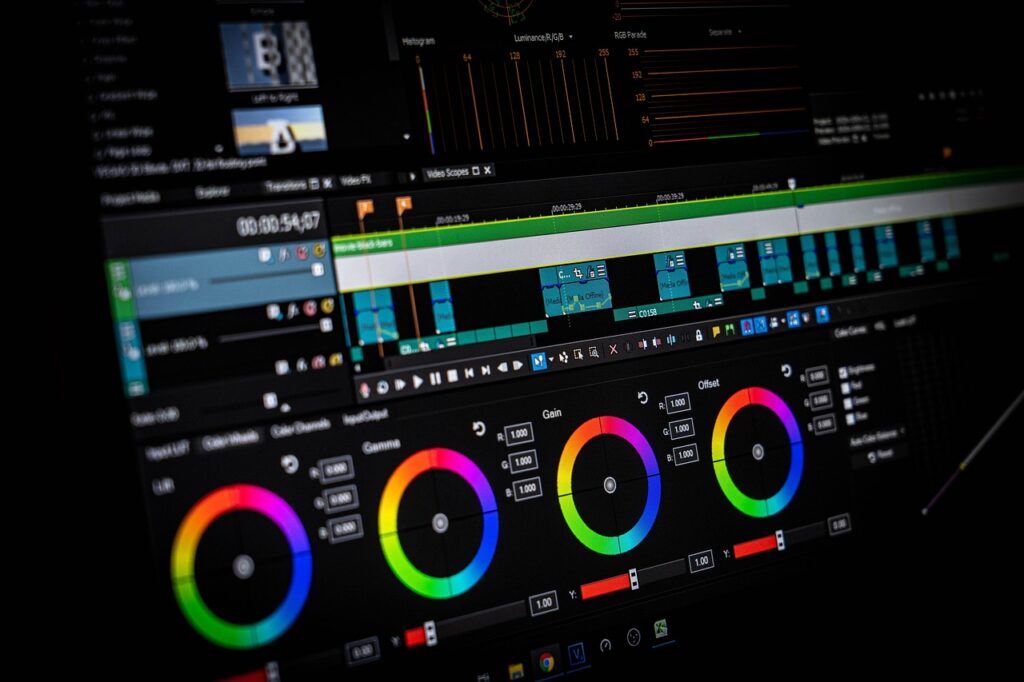Video Production Explained: The Ultimate Beginner’s Guide for 2025

Why Video Production Matters More Than Ever
In 2025, video isn’t just a trendy marketing tactic — it’s the most essential form of digital communication. With the explosion of online content consumption and the rapid growth of platforms like Video Production YouTube, Instagram Reels, TikTok, and LinkedIn, brands are discovering that video is the key to cutting through the noise. Whether you’re a startup founder, corporate executive, marketer, content creator, or educator, video allows you to speak directly to your audience in a way that is engaging, emotional, and memorable.
People are no longer satisfied with static content. They want immersive experiences. That’s why mastering the art of Video Production — or working with professionals who do — is critical to staying relevant in today’s competitive digital world.
What is Video Production?
Video production is the complete process of conceptualizing, planning, shooting, editing, and delivering video content. It transforms a raw idea into a visual story that communicates a message, tells a brand’s journey, or evokes an emotional response. It includes three main phases: pre-production, production, and post-production. Understanding each stage is essential for anyone looking to create powerful and effective videos.
The Three Phases of Video Production
1. Pre-Production: Laying the Creative Groundwork
Pre-production is where everything begins. This phase is about planning and preparation. Every detail is outlined here — from what the video will say, who it will speak to, how it will look, and how much it will cost.
- Concept Development: What’s your core message? What’s the story you want to tell?
- Scripting: A strong script outlines narration, dialogue, scene directions, and visuals.
- Storyboarding: Visual sketches or images that show how the video will unfold.
- Casting and Location Scouting: Choosing the right actors and the perfect setting.
- Budgeting and Scheduling: Knowing your costs and timelines ensures a smooth workflow.
This is the most critical phase — skipping it leads to confusion, delays, and extra expenses during the shoot.


2. Production: Capturing the Content
This is where your vision starts coming to life. It’s the phase where filming happens — on-location or in-studio.
- Directing and Shooting: The director guides the actors, sets the mood, and ensures the camera work matches the vision.
- Lighting and Audio: High-quality lighting and clear sound are essential. Poor audio is the fastest way to lose your audience.
- Camera Work: From cinematic angles to close-up shots, camera movement creates emotion and depth.
Depending on your video type (interview, ad, documentary, promo), your crew might include camera operators, sound engineers, set designers, and more. This phase demands collaboration, timing, and precision.
3. Post-Production: Where the Magic Happens
Once the footage is captured, post-production begins. This is where editing, sound design, effects, and graphics all come together.
- Editing: Clips are cut, transitions are added, and the story takes shape.
- Color Grading: Adjusting colors to set the mood and achieve a consistent look.
- Sound Mixing: Syncing audio, adding sound effects, and balancing volume.
- Graphics and Animation: Motion graphics or titles enhance communication and visual appeal.
- Rendering and Exporting: The final product is formatted for the intended platform — from 4K cinema files to mobile-optimized social clips.
Post-production often takes the longest but is key to turning raw footage into a compelling narrative.

Types of Video Content You Can Create
Today, video production serves a wide variety of industries and goals. Here are the most popular formats:
- Brand Films: These emotionally driven stories focus on your mission, people, and values.
- Corporate Videos: Used internally for training or externally for investor pitches and presentations.
- Product Demos: Show off features, functionality, and benefits of your offering.
- Explainer Videos: Perfect for simplifying complex services or ideas.
- Customer Testimonials: Build trust by featuring real people sharing their experience.
- Event Coverage: Capture company events, conferences, launches, or behind-the-scenes moments.
- Short Ads and Reels: Bite-sized videos for Instagram, Facebook, and YouTube pre-rolls.
- Documentary-Style Videos: Longer-form storytelling for nonprofits, causes, or historical brands.
Choosing the Right Platform
Different platforms require different approaches. A video that works on YouTube may need major edits to suit Instagram. In 2025, vertical video (9:16) dominates mobile-first platforms. Meanwhile, LinkedIn audiences prefer polished, informative B2B videos.
Knowing where your audience spends time and tailoring your format accordingly is essential. Repurposing content for multiple channels increases your ROI and keeps your brand consistent across the web.
The Role of Storytelling in Video Production
People don’t connect with products. They connect with stories. A well-crafted video uses storytelling techniques such as conflict, resolution, emotional arcs, and relatable characters to resonate with viewers. Whether you’re selling a product or sharing a company milestone, building a story around your message makes it more memorable and shareable.
How to Build a Video Production Team
You don’t need a Hollywood-sized crew to create great content, but you do need the right talent. Here’s a typical team structure:
- Creative Director: Guides the overall vision and tone.
- Scriptwriter: Crafts the narrative and dialogue.
- Director of Photography (DP): Handles camera work, lighting, and framing.
- Producer: Manages logistics, timelines, and budgeting.
- Video Editor: Crafts the final story from raw footage.
- Motion Graphic Designer: Adds visual flair and info elements.
- Sound Designer: Ensures clean, clear, engaging audio.
If you work with a professional studio like V Group Film Studio, all of these roles are seamlessly managed under one roof.
Budgeting for Video Production
Costs vary greatly depending on your goals, length, style, and distribution needs. A simple social media video may cost less than a full-scale commercial or documentary. However, it’s important to see video as an investment, not an expense. A well-made video can generate returns for months or even years.
When budgeting:
- Prioritize quality over quantity.
- Plan to repurpose your footage into multiple assets.
- Allocate funds for paid promotion to maximize reach.
Mistakes to Avoid in Video Production
Even great ideas can fall flat if not executed properly. Common pitfalls include:
- Weak storytelling: If the message isn’t clear or emotionally engaging.
- Poor audio quality: Bad sound instantly kills professionalism.
- Overcomplicating the script: Simplicity wins.
- Ignoring the audience: Every video must serve the viewer’s needs.
- Rushing production: Haste leads to wasted resources and missed potential.
Why Work with Professionals?
While smartphones and DIY tools are more powerful than ever, professional video production brings unmatched value:
- Better strategy
- Higher production quality
- Creative direction
- Technical excellence
- Time and stress savings
At V Group Film Studio, we’ve helped hundreds of brands, startups, and creators turn their stories into cinematic, strategic videos that perform. We don’t just shoot — we think, plan, craft, and care about results.
Final Thoughts
In 2025, video production isn’t just a marketing function — it’s a brand-defining experience. The ability to craft high-quality visual stories gives you a significant advantage in today’s fast-moving, content-hungry world.
Whether you’re a beginner exploring your first video or a brand ready to scale visual content, understanding the production process empowers better decisions, saves costs, and leads to greater impact.
Need expert guidance to bring your story to life? V Group Film Studio is here to help.
Let’s create something unforgettable.
